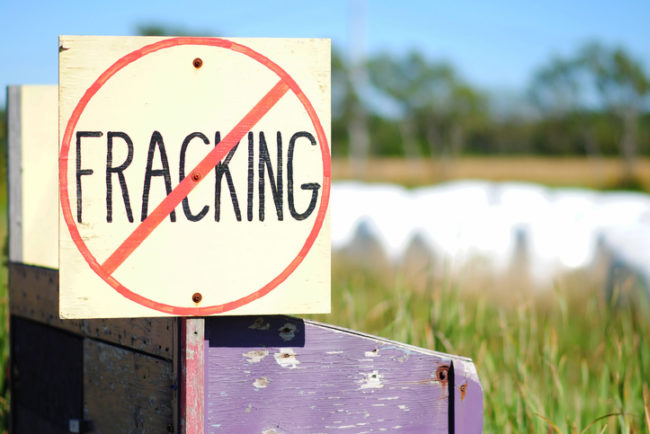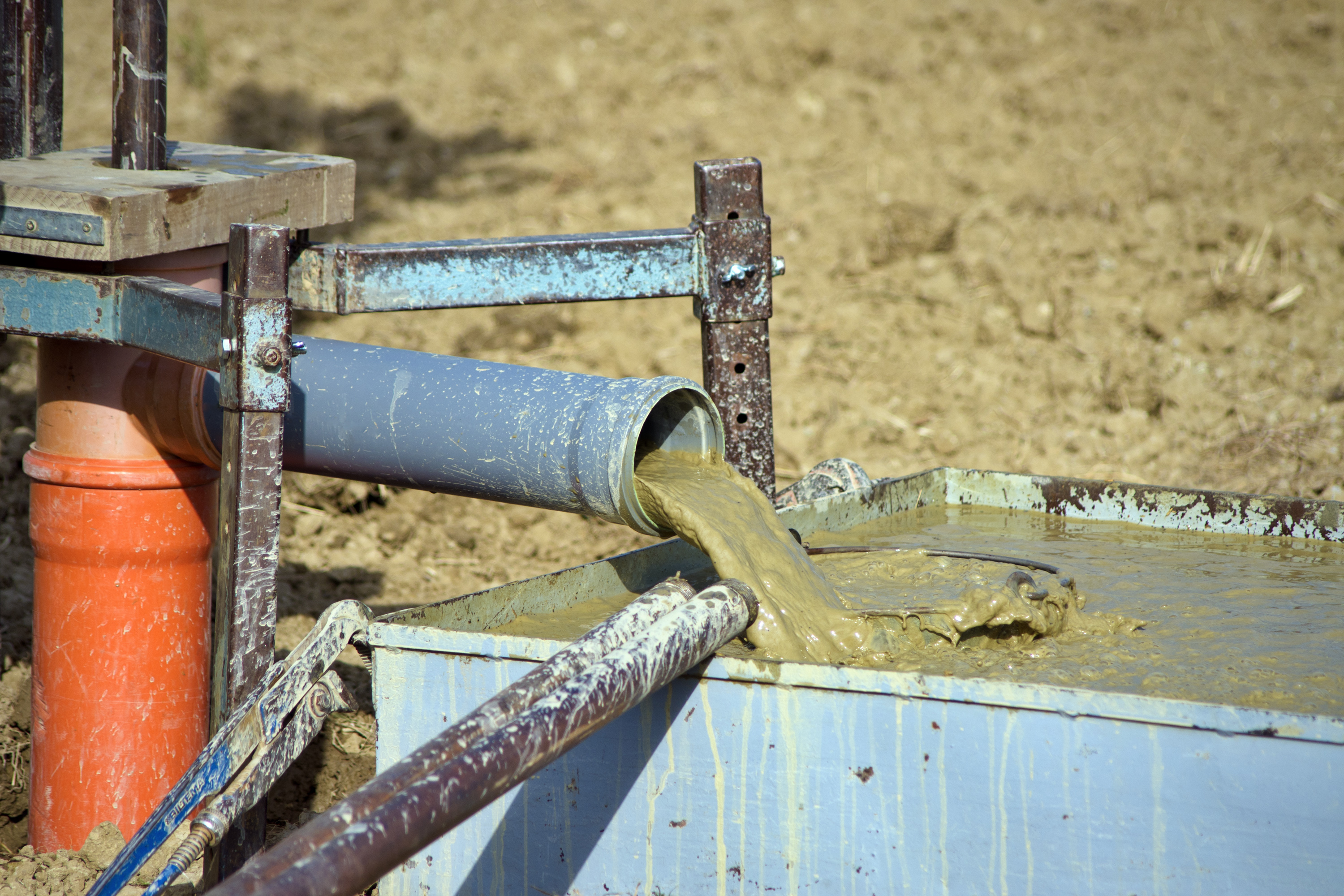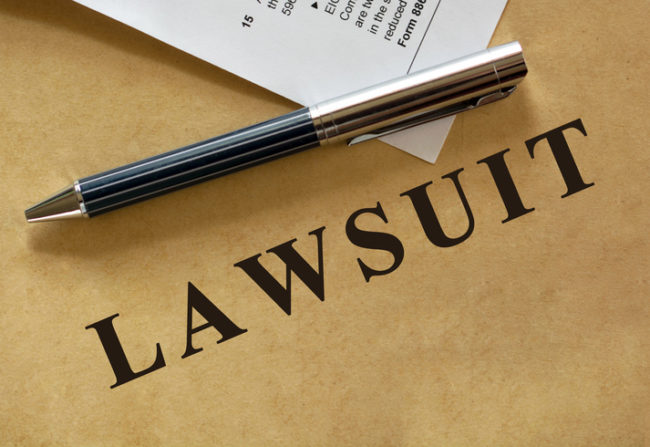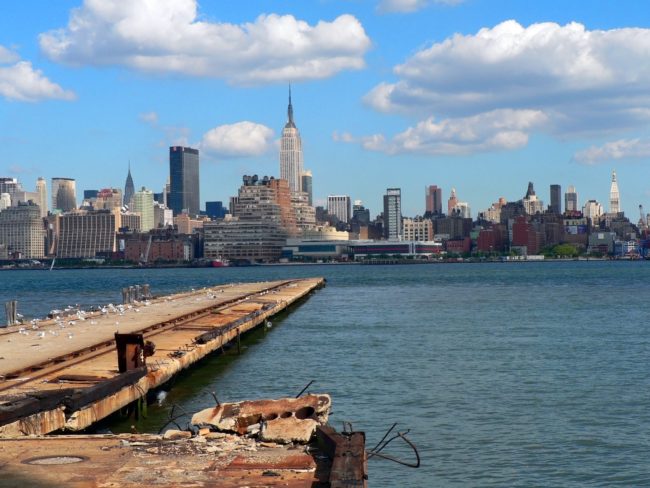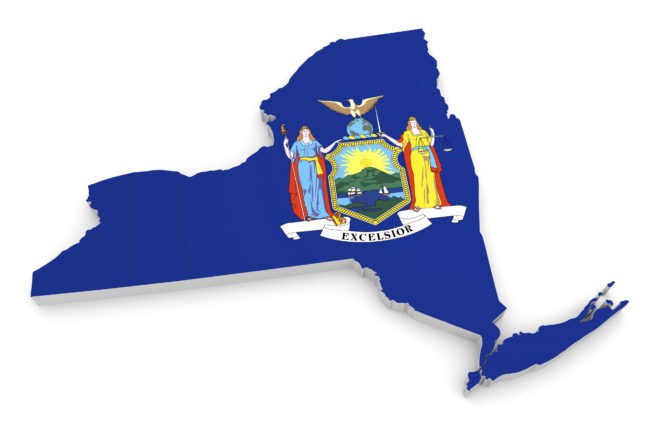A federal court in New York recently dismissed a landowner’s claim that the state’s ban on hydraulic fracturing violated the takings clause of the Fifth Amendment and due process rights.
In Morabito v. The State of New York, et. al., the plaintiffs filed a complaint in the Western District of New York, asserting that the state’s decision to prohibit high-volume fracking activities constituted a regulatory taking and/or arbitrary and irrational restriction on plaintiff’s property rights.
The plaintiffs, who are farmers, own various properties in …
Continue Reading
